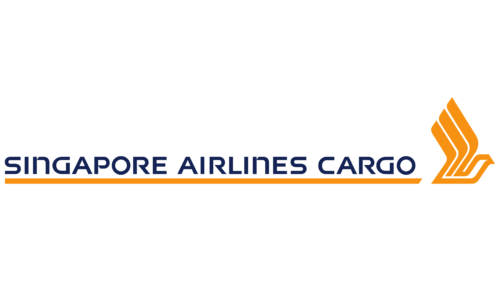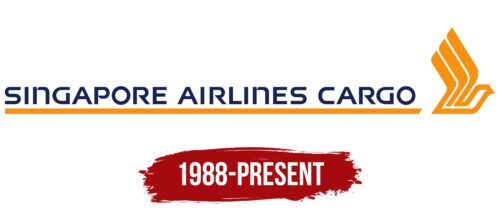 Singapore Airlines Cargo Logo PNG
Singapore Airlines Cargo Logo PNG
The Singapore Airlines Cargo logo resembles a majestic ship ready to embark on a journey. The emblem conveys a sense of moving forward and highlights the strength and power of the airline, which can transport any cargo.
Singapore Airlines Cargo: Brand overview
Singapore Airlines Cargo began in 1988 when Singapore Airlines established a dedicated cargo division. This initiative responded to the rising demand for air freight in the Asia-Pacific region, initially utilizing the cargo holds of passenger aircraft for freight transport.
In 1992, the airline made a significant leap by acquiring its first dedicated cargo aircraft, the Boeing 747-400F. This addition marked a pivotal moment, enhancing the efficiency of cargo operations on major routes.
Throughout the 1990s, the company continued to expand its cargo capabilities. With an increasing fleet of cargo aircraft, new routes connected key economic hubs across Asia, Europe, and North America, reinforcing its global footprint.
On July 1, 2001, the cargo division became a standalone subsidiary of Singapore Airlines. This strategic move aimed to optimize cargo operations and unlock the full potential of the freight business. The newly formed entity secured its operator’s certificate, embarking on its journey as an independent airline.
Between 2002 and 2005, the cargo carrier significantly bolstered its fleet, adding several new Boeing 747-400F aircraft. The network expanded further with new destinations in Europe, Asia, and North America.
2006, the company launched specialized cargo products, including COOLCHAIN for temperature-sensitive goods and PRIORITY.1 for urgent shipments. These offerings catered to the increasing demand for specialized freight services.
The global financial crisis of 2008-2009 posed significant challenges, leading to a temporary reduction in flight frequencies on certain routes as the demand for cargo transport plummeted.
From 2010 to 2012, the airline began to recover but faced new challenges, such as increased competition from Middle Eastern carriers and a slowdown in global trade growth.
In 2013, the company initiated an operational optimization process, streamlining its route network and maximizing the cargo capacity of Singapore Airlines’ passenger aircraft.
By 2015, investments in new technologies were made to enhance customer service, including the launch of an advanced online platform for cargo booking and tracking.
In 2017, a strategic partnership with Lufthansa Cargo was established. This alliance aimed to expand market presence and optimize the use of cargo capacities for both companies.
In 2018, the focus shifted towards high-value specialized cargo, such as pharmaceuticals and electronic components. Investments were made in specialized equipment and staff training to support this strategy.
Adapting to the dramatic shifts in the aviation industry in 2020, the cargo airline demonstrated flexibility by aligning operations with new market demands, particularly in transporting critical medical supplies.
Meaning and History
What is Singapore Airlines Cargo?
This is Singapore Airlines’ specialized cargo division, known for its role in the global logistics network. The company operates a dedicated Boeing 747-400F freighter fleet, ensuring cargo transport between key trade centers worldwide. It is recognized for its unique Priority. One service offers express delivery of high-priority shipments with guaranteed transport times.
1988 – today
Since 1988, Singapore Airlines Cargo has successfully showcased its specialization in cargo transport through the unique elements of its logo. The company emblem elegantly combines symbolism and functionality, especially in its main element — the yellow bird.
At the center of the visual representation, the yellow bird glides forward, reminiscent of a ship smoothly sailing across the sea. This dynamic image of the bird flapping its wings conveys motion and direction. Positioned on a cart-like line, the bird pulls the company name like cargo, symbolically emphasizing the airline’s focus on cargo transport.
The choice of yellow for the bird is intentional—it symbolizes lightness, and its golden hue reflects prosperity and resilience, traits associated with the metal. Yellow is perceived as light and pleasing to the eye, making the bird’s image even more expressive.
The bird’s wing, comprised of three connected elements, demonstrates remarkable strength and the company’s capability to handle heavy loads. This feature enhances the visual perception of the bird as a symbol of power and reliability.
In Singapore, the image of a bird is traditionally associated with peace and tranquility. Combined with the presented elements, these qualities help the brand radiate an atmosphere of reliability, deliberateness, and strength. The dark blue color of the name “Singapore Airlines Cargo” adds depth and seriousness, enhancing the company’s overall sense of stability and professionalism.




